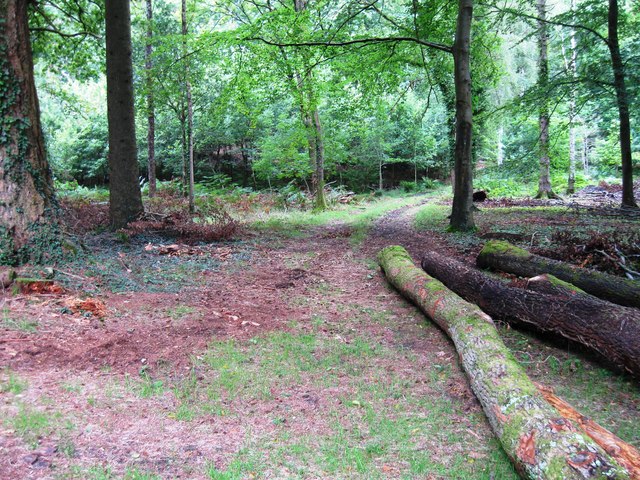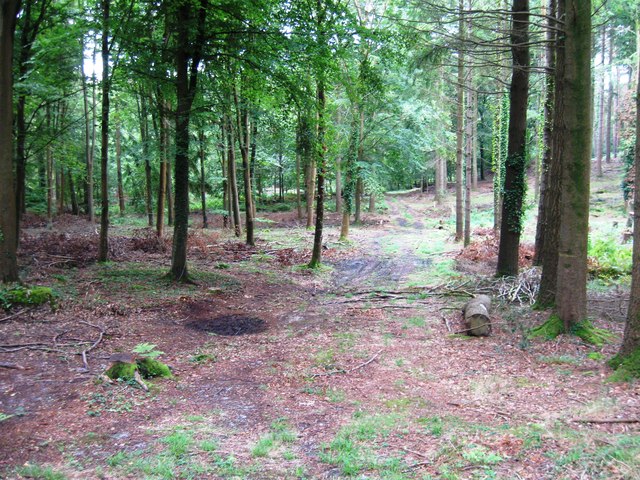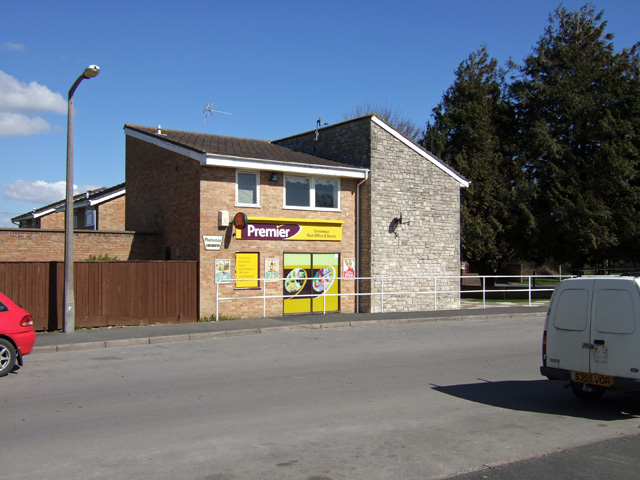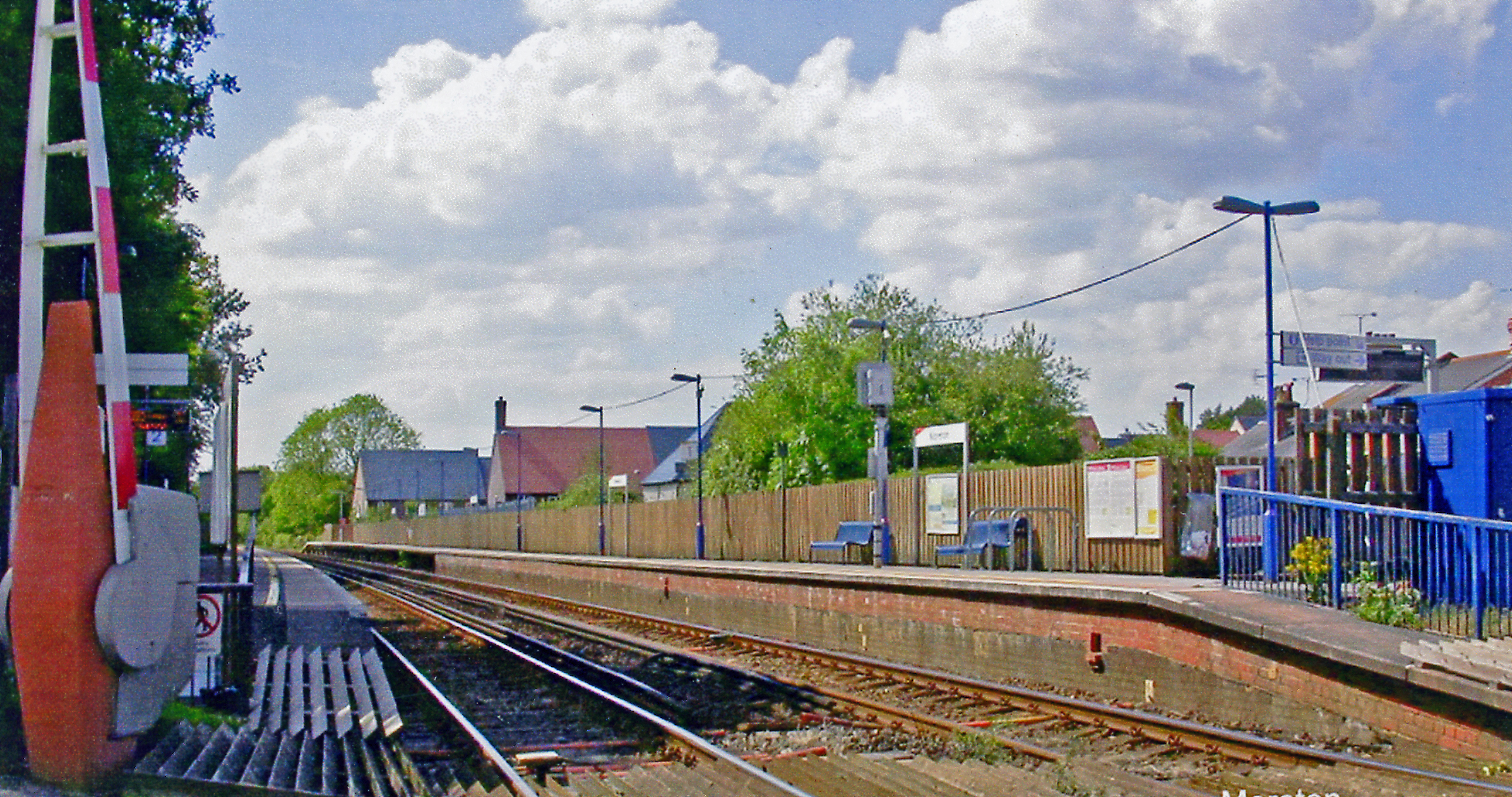Skippet Plantation
Wood, Forest in Dorset
England
Skippet Plantation
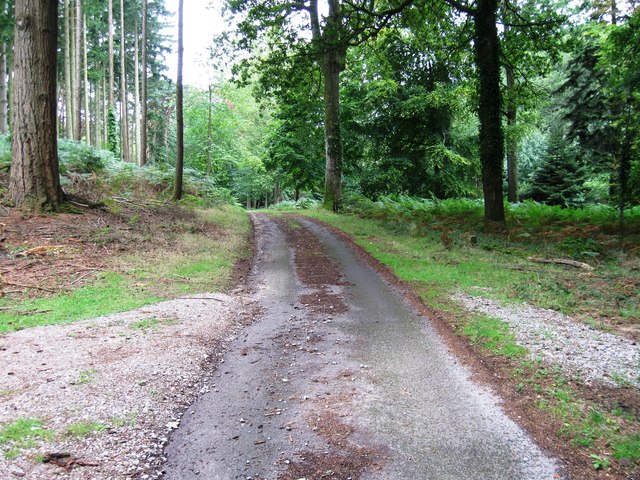
Skippet Plantation is a picturesque woodland located in the county of Dorset in southwestern England. Situated within the larger expanse of Skippet Forest, the plantation spans over several acres of lush greenery and is known for its diverse range of trees and wildlife.
The woodland is predominantly composed of native species such as oak, beech, and birch trees, which create a dense canopy overhead, providing ample shade and shelter for the flora and fauna that inhabit the area. The plantation is crisscrossed by a network of well-maintained footpaths, allowing visitors to explore the natural beauty of the woodland at their leisure.
Skippet Plantation is home to a wide variety of wildlife, including numerous bird species, such as woodpeckers, owls, and thrushes, which can be heard singing their melodious tunes throughout the day. The woodland also provides a habitat for small mammals like squirrels, rabbits, and badgers, as well as an array of insects and butterflies.
The plantation attracts nature enthusiasts, hikers, and families seeking a tranquil escape from the bustle of urban life. Its serene atmosphere and breathtaking scenery make it an ideal location for leisurely walks, picnics, and photography. The plantation is particularly popular during the autumn months when the foliage transforms into a vibrant palette of reds, oranges, and yellows, creating a stunning spectacle.
Skippet Plantation, with its rich biodiversity and natural charm, is truly a gem within Dorset's woodland landscape, providing a haven for both flora and fauna and a place of solace for those seeking to connect with nature.
If you have any feedback on the listing, please let us know in the comments section below.
Skippet Plantation Images
Images are sourced within 2km of 50.686898/-2.3245385 or Grid Reference SY7787. Thanks to Geograph Open Source API. All images are credited.
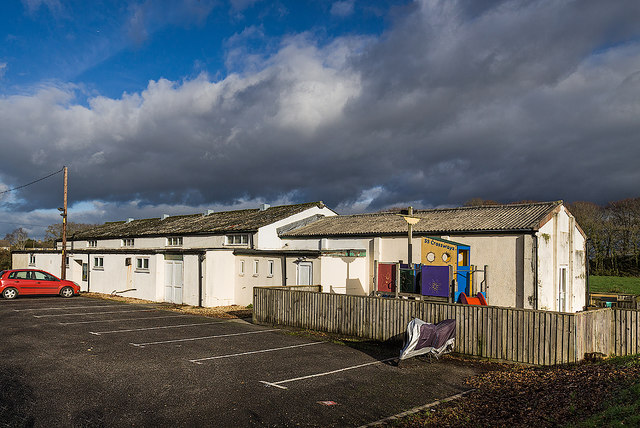
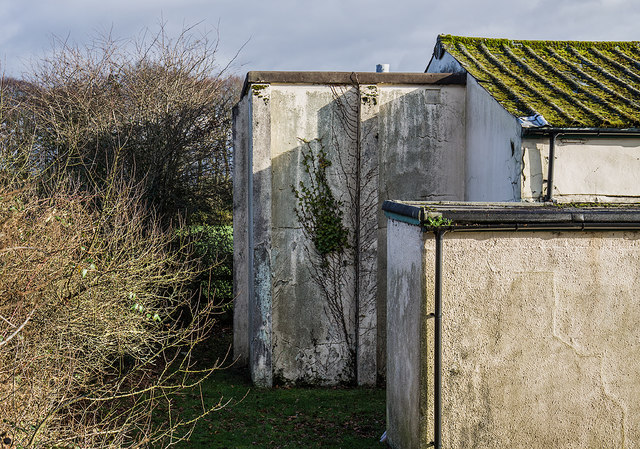
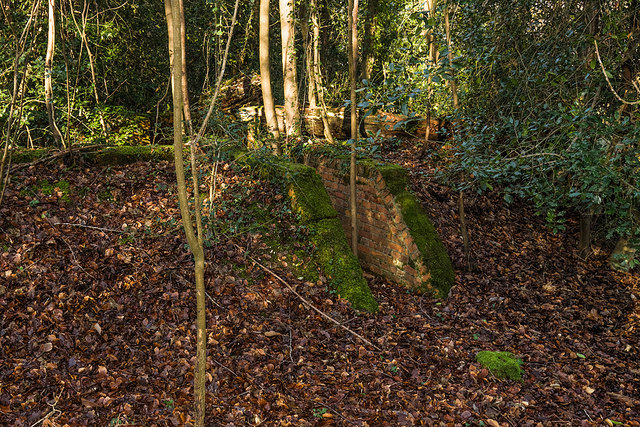
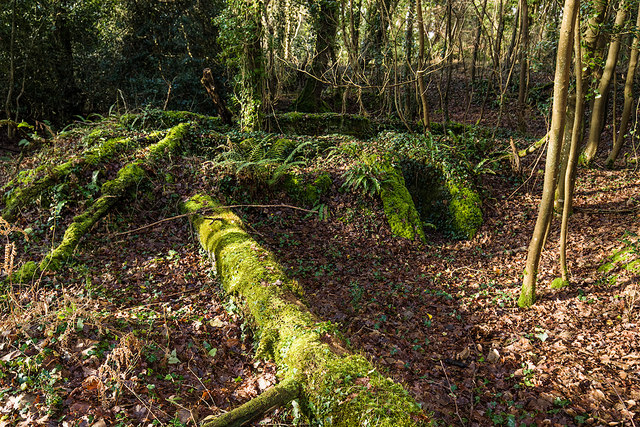
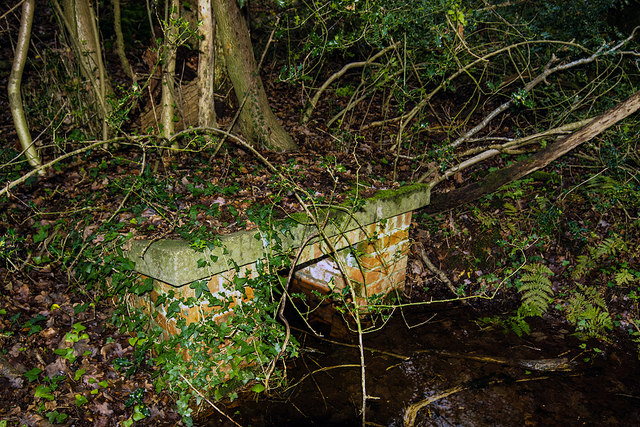
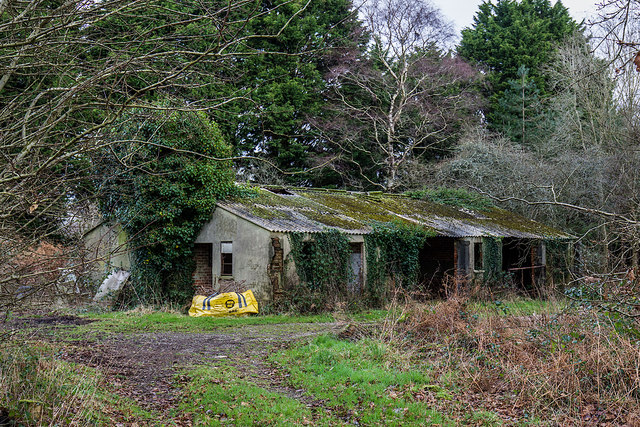
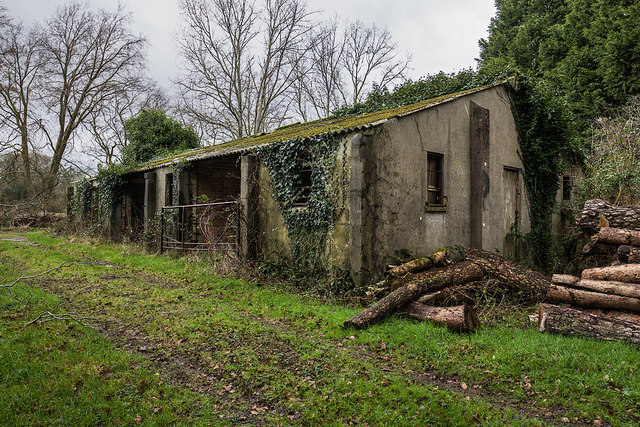
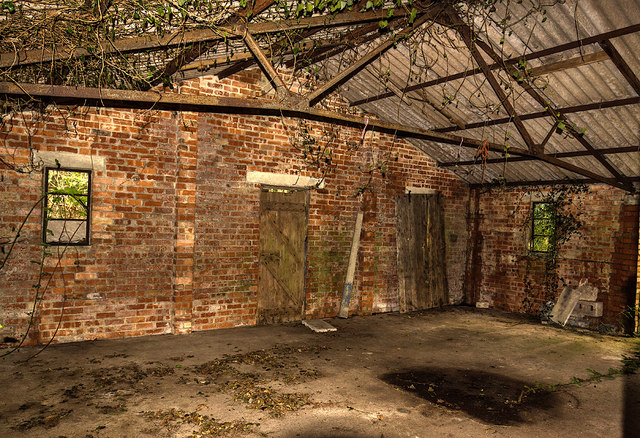
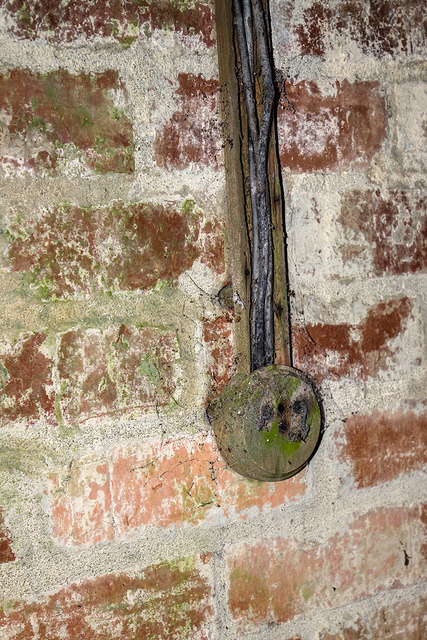
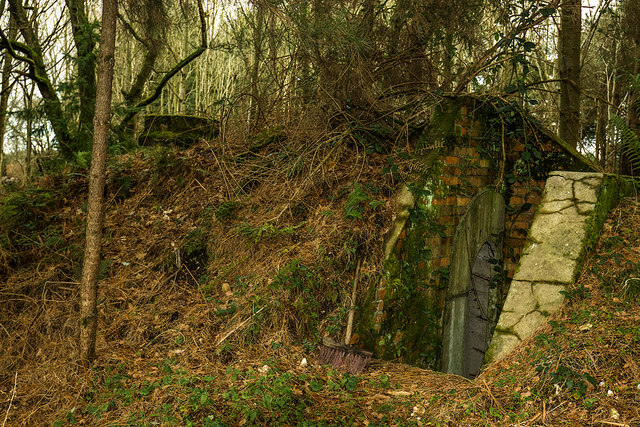
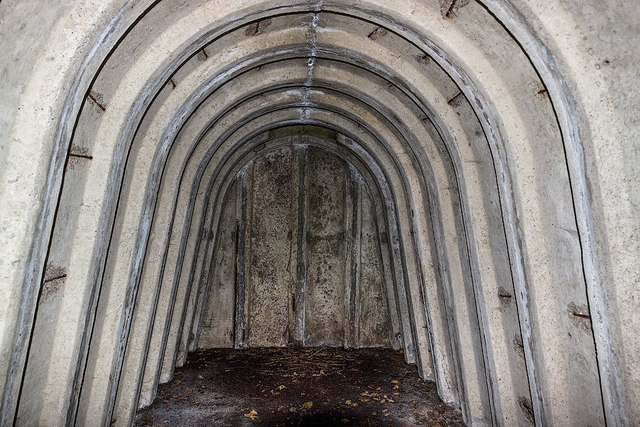
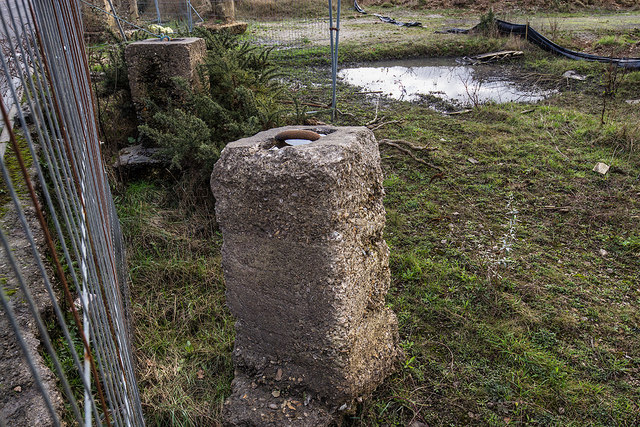

Skippet Plantation is located at Grid Ref: SY7787 (Lat: 50.686898, Lng: -2.3245385)
Unitary Authority: Dorset
Police Authority: Dorset
What 3 Words
///kite.pollution.listen. Near Bovington Camp, Dorset
Related Wikis
Crossways, Dorset
Crossways is a village and civil parish in the English county of Dorset. It lies 6 miles (9.7 km) east of the county town Dorchester. In the 2011 census...
Warmwell
Warmwell is a small village and civil parish in south west Dorset, England, situated on the B3390 road about 5 miles (8.0 km) southeast of Dorchester....
Moreton railway station (Dorset)
Moreton railway station serves the villages of Moreton and Crossways in Dorset, England. It is operated by South Western Railway and is served by their...
RAF Warmwell
Royal Air Force Warmwell or more simply RAF Warmwell is a former Royal Air Force station near Warmwell in Dorset, England from 1937 to 1946, located about...
Nearby Amenities
Located within 500m of 50.686898,-2.3245385Have you been to Skippet Plantation?
Leave your review of Skippet Plantation below (or comments, questions and feedback).
